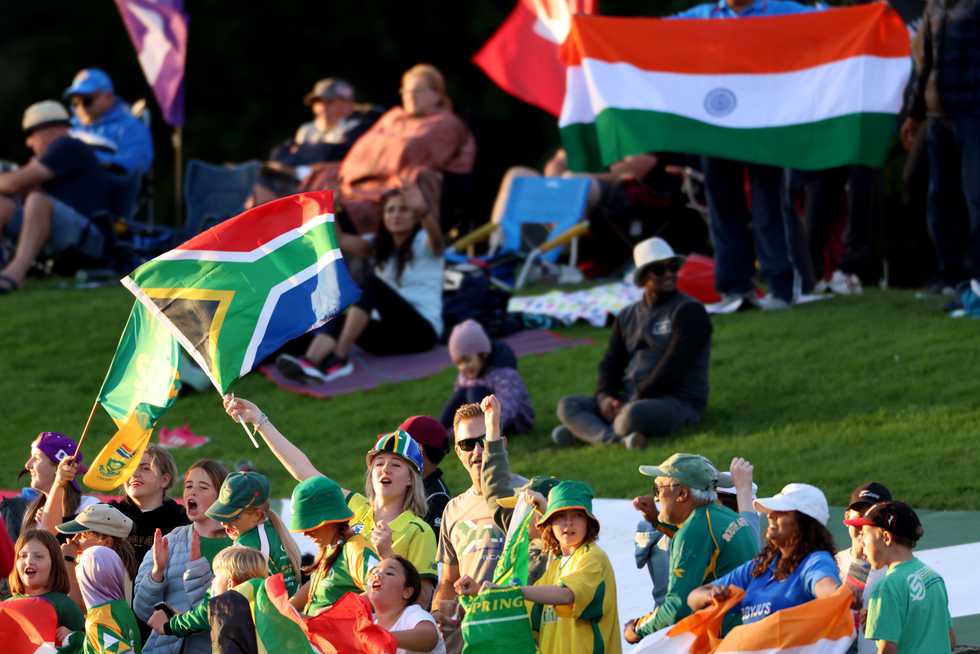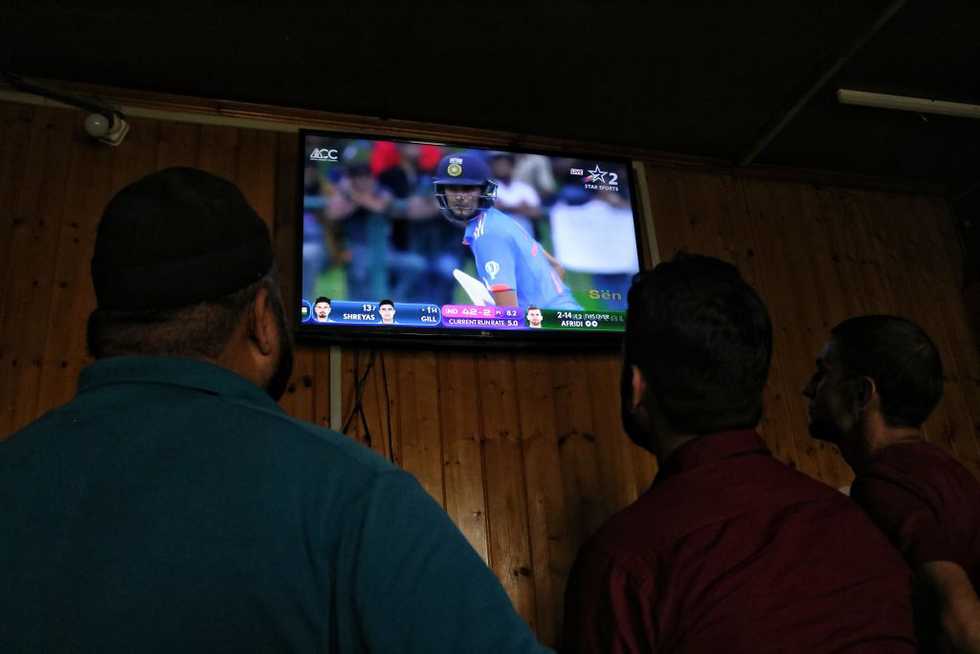

If you were on the Highveld on Wednesday (December 6) and you felt the earth move, there was no cause for alarm. The origin was probably not an earthquake nor the kind of seismic event gold mining causes in the region. But there are tremors when this happens because it is cricket's surefire way to mine money.
Planet India crashed into the mere moon that is South Africa on Wednesday. The first of the eight men's matches that will be played is a T20I at Kingsmead on Sunday, the last a Test at Newlands scheduled to end on January 7. For the nerds among us, the latter will be India's 100th international match in South Africa.
The span of 30 days is expected to pump up to USD68.7-million into CSA's coffers. That's USD8.6-million per match, or USD2.29-million a day. Or enough to wipe out the losses of USD6.3-million, USD10.5-million and USD11.7-million CSA have declared in each of the past three financial years. Enough, in fact, to erase those shortfalls more than twice over.
Nothing is as big a financial deal in international cricket as a tour by India. How strong their teams are or aren't is irrelevant. What sells the broadcast rights for a pretty penny in other countries is the number of eyeballs on screens in India - screens that are festooned with advertising in a way that jars with non-Indians.
Where else does the live broadcast invariably return from a commercial break as the bowler reaches their delivery stride? Does Hardik Pandya know how to install the plumbing supplies he endorses with his megawatt smile? Is MS Dhoni as adept at driving a tractor in challenging terrain as he - or his body double - appears to be on screen?
To watch cricket in India is to realise the professional game is no more nor less than a soulless sales vehicle. A stupendously successful vehicle that combines Volvo's safety, Toyota's reliability, and Maserati's sexiness.
Last month the BCCI's net worth was listed at USD2.25-billion. They are, exponentially, the richest board in the game. CA are the second-most well-off, but their USD79-million makes them more than 28 times poorer than India. CSA weigh in sixth at USD47-million. That's 2.09% of the BCCI's worth.
The numbers are not as definitive as they might appear. NZC, for instance, are 10th with USD9-million. Simplistically, CSA are more than five times as affluent as their Kiwi counterparts. But cricket in New Zealand, though smaller, is more perfectly formed and less politically, economically and socially volatile than in South Africa.
Such nuance cannot change the central truth that India are the behemoth of world cricket in ways that leap far beyond money. In other countries the word "sport" denotes a range of games. In India it means cricket, the game of choice for more than 90% of sport watchers on a screen. In other countries the view from aircraft taking off and landing reveals, mainly, football fields and golf courses. In India you see, almost exclusively, cricket pitches.

That's nice, but it's money that makes the world that cricket has become accustomed to go round. India earn far more of it than anyone else in the game. The BCCI account for 85.88% of the combined net worth of the top 10 boards. On what basis, then, can it be argued that the BCCI do not deserve a disproportionately large chunk of the ICC's annual earnings? International cricket has never been organised along democratic lines. To call for that to happen, in a financial sense, now that the game is making money is transparently expedient.
How the BCCI behaves because they are cricket's bankers is the more pertinent question. If the answer is the backdrop to this year's men's World Cup in India - from the late release of fixtures to the diabolically chaotic scramble for tickets to the suits weaponising their own smallminded insecurities in a misguided attempt to give India's fine team, who need no lessons in how to win, the best chance of winning - we should be worried. Benevolent dictatorships have their place. Less so dictatorial bullies.
Not that it can be forgotten what India's cricket industry has given the global game. At the previous men's World Cup played in Asia, in 2011, three of the four semifinalists were from the subcontinent. This time only one of those teams were Asian. The change is surely due largely to the IPL and its retinue of foreign players who have been part of the tournament since its inception in 2008.
Thirty-four of the 45 members of the Australia, New Zealand and South Africa squads that reached the World Cup semifinals this year have IPL experience. Between them they have played 1,378 matches in the competition. Their ranks include all five of the non-Indian batters who were among the World Cup's top-10 runscorers, and all five of the non-Asian bowlers in the leading 10 wicket-takers. In the case of Australia, the champions, only Marnus Labuschagne and Josh Inglis have not played in the IPL.
Sometimes familiarity doesn't breed contempt. In this example it has allowed others to come to terms with the conditions, the crowds, the cacophony and everything else that comes with playing in India. Yet it's unlikely Australians will give India and their juggernaut league any credit for helping their team triumph.
That India are in South Africa so soon after being denied what until the World Cup final on November 19 seemed a prize they had a divine right to claim adds a layer to a narrative that isn't short on context. How might the Indians bounce back in their first engagement on foreign soil since their mystifying failure to get the job done? How might the South Africans, who reclaimed some of their lost relevance by performing better than expected at the World Cup, take another step forward? Another layer of narrative and context is wrapped up in the fact that the audiences asking those questions are changing.
That's evident in India from the television advertising that attaches itself to cricket, much of it for homegrown brands of goods like deodorant, electrical cabling and cement. Indian companies are committing their ad spend not to selling aspiration or foreign luxury but to everyday goods used by the masses. Could it be that big cricket in India, already central to mainstream culture, is settling into a comfortable ordinariness that extends from the major cities to the hinterland - where you might need to build your own walls and run your own cabling?
In South Africa the complexion of crowds is steadily darkening, giving the lie to the canard that black and, to a lesser extent, brown people do not care for cricket. They do, and they bring to the country's grounds a freshness and an enthusiasm that wasn't there when whites were under the misimpression that they owned the game. Going to the cricket in South Africa now is what it wasn't previously: fun.
The earth is moving in different directions in cricket in South Africa and India, in ways that didn't exist 30 years before the coming 30 days. Best we buckle up for the ride. If the past and the present are an indication, things will get bumpy in the coming 30 days. But we will also have fun.
| Share | Tweet |





